Gamekeeping
Near station No. 19 is to be found the area of the gamekeeper’s lodge below Lysec Mountain (Hájovna pod Lyscom) from the first half of the 1920s, built for the forester. Beginning with the 1980s after a reform of the forest administration, the property was used by local gamekeepers, at last by the gamekeepers association Remitáž-Choseň.
From station No. 18 we turn along the marked trail to Sedlec pod Lyscom (station No. 17). From here continue along the yellow marking (8135), we descend on a forest road to the northeast past a number of crossings, which leads us to the tourist guide post Horáreň pod Lyscom (Gamekeeper’s lodge below Lysec Mountain), 316 MASL. Time: 25 min., in the opposite direction 35 min.; length: 1.5 km; easy, in the opposite direction medium challenging.
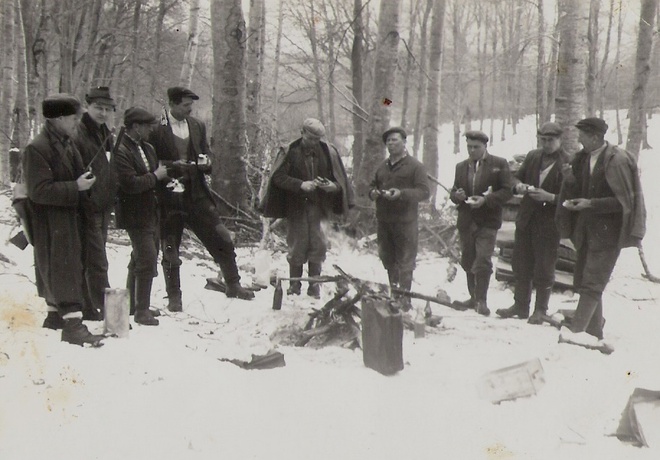
They built a shooting range and a road house at the lodge and took care of the nearby spring.
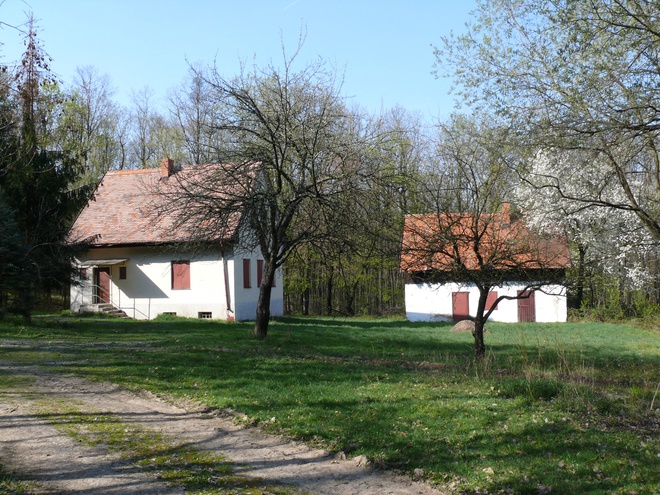
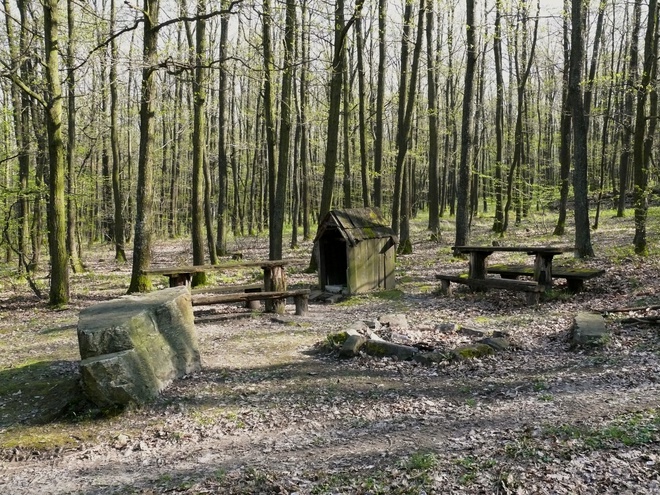
The first chapters of the history of gamekeeping in the Tribeč Mountains were written in the 17th century, when Elisabeth Rakoczi had a game park built near the manor house in Topoľčianky in 1667. In the second half of the 19th century Count Károly Forgács contributed to the development of hunting. In 1862 he began to build a smaller game park on his manor farm Jedliny in Kostoľany pod Tribečom and imported high-quality deer from Mukačevo. After perennial breeding he released them into the wild. Thanks to Count Carolus Forgach mouflons for the first time came to Central Europe. He brought them from Corsica and Sardinia into his park below Gýmeš Castle in 1868. At that time the mouflons were an attraction, after breeding they were released into the wild in 1883. Count Forgach contributed also to the acclimatization of fallow deer and to the improvement of the gene pole of wild boar.
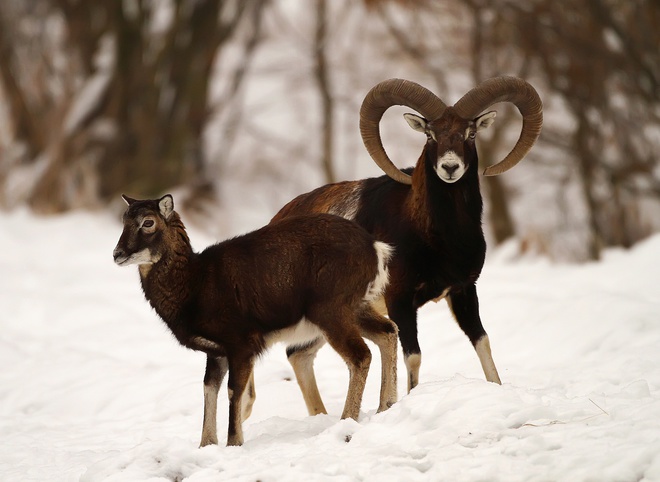
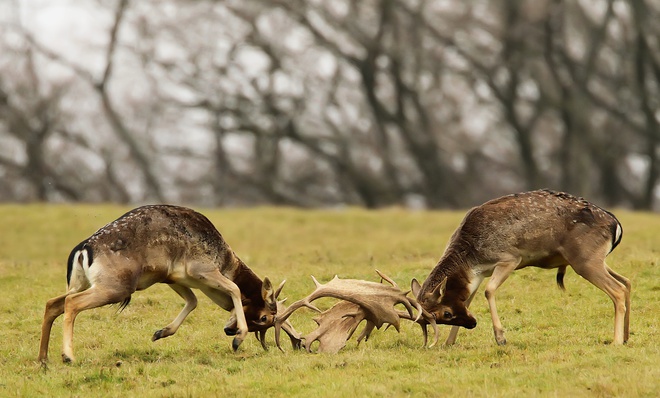
Another important chapter in the development of hunting in Tribeč started at the end of the 19th century. In 1890 the manor farm in Topoľčianky belonged to the Habsburgs. Archduke Joseph August of Habsburg, who loved the hunt, was first devoted to breeding stags. The growing stock of game started to cause more harm than good, mainly in agriculture. Therefore, and in view to improve game breeding, the largest game park of Hungary with an area of almost 10,500 ha started to be built; after finishing work, alone the fence was almost 90 km long and enclosed about 2,500 game animals. The systematic breeding of game, which even today belongs to the largest in Central Europe, continued to the end of World War I under the control of the Habsburgs. After 1918 the whole property belonged to the newly established Czechoslovakia and the manor farm in Topoľčianki was from 1923 to 1953 a presidential summer residence. In these days breeding continued and the trophy value and quality of the animals ever grew. After World War II the parks were reserved for the needs of the state representation, high ranking officials and guests from abroad, as diplomats and other important dignitaries hunted here.
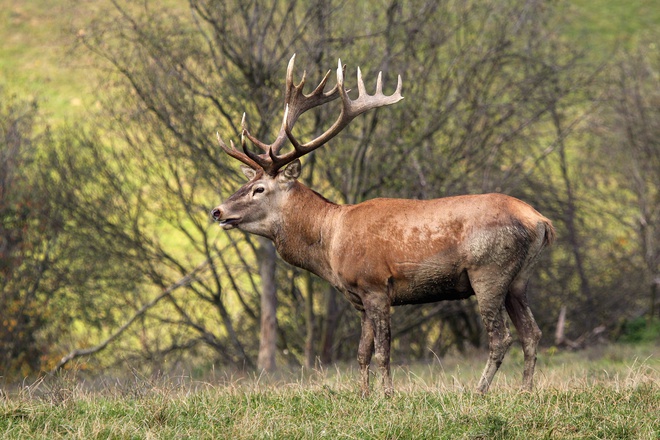
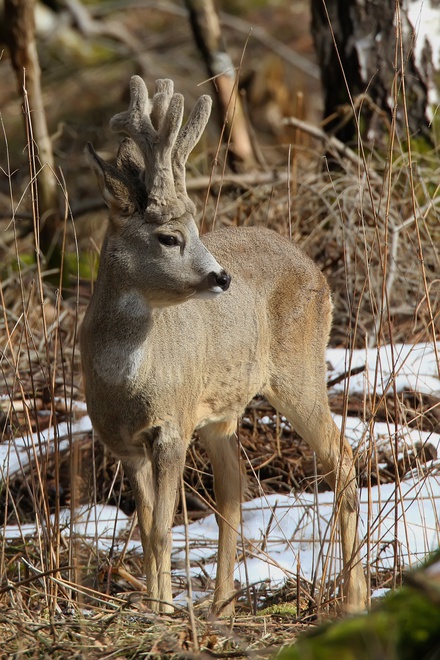
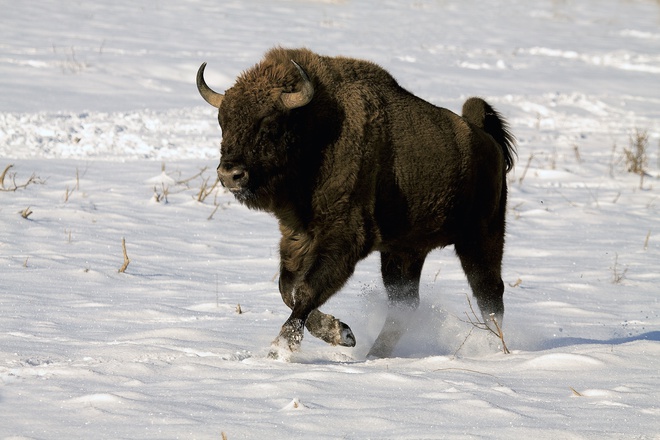
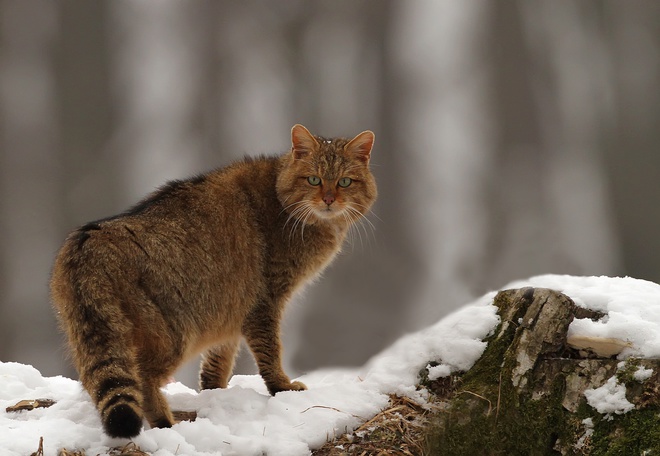
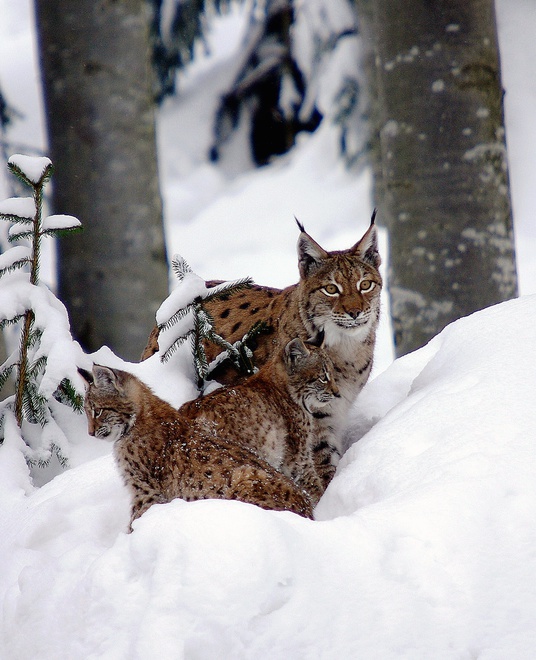
After 1989 game parks and other hunting grounds have concentrated on paying guest. Stags are the most attractive game in the Tribeč Mountains. Stags with a high trophy value can be hunted all the year. Secondary wild animals are mouflon, fallow deer, wild boar and roe deer. Since a few years we can meet again wild predators in the forests of Tribeč: brown bear, lynx and wild cat.